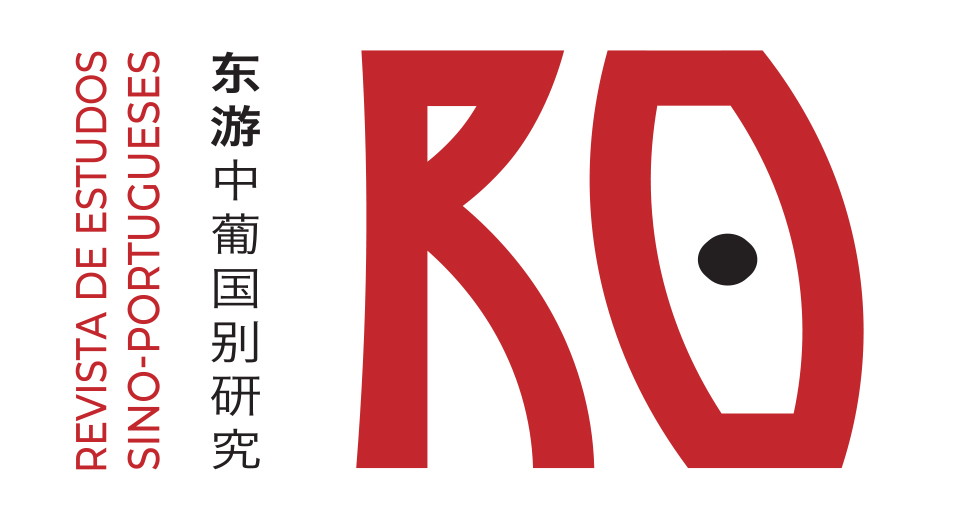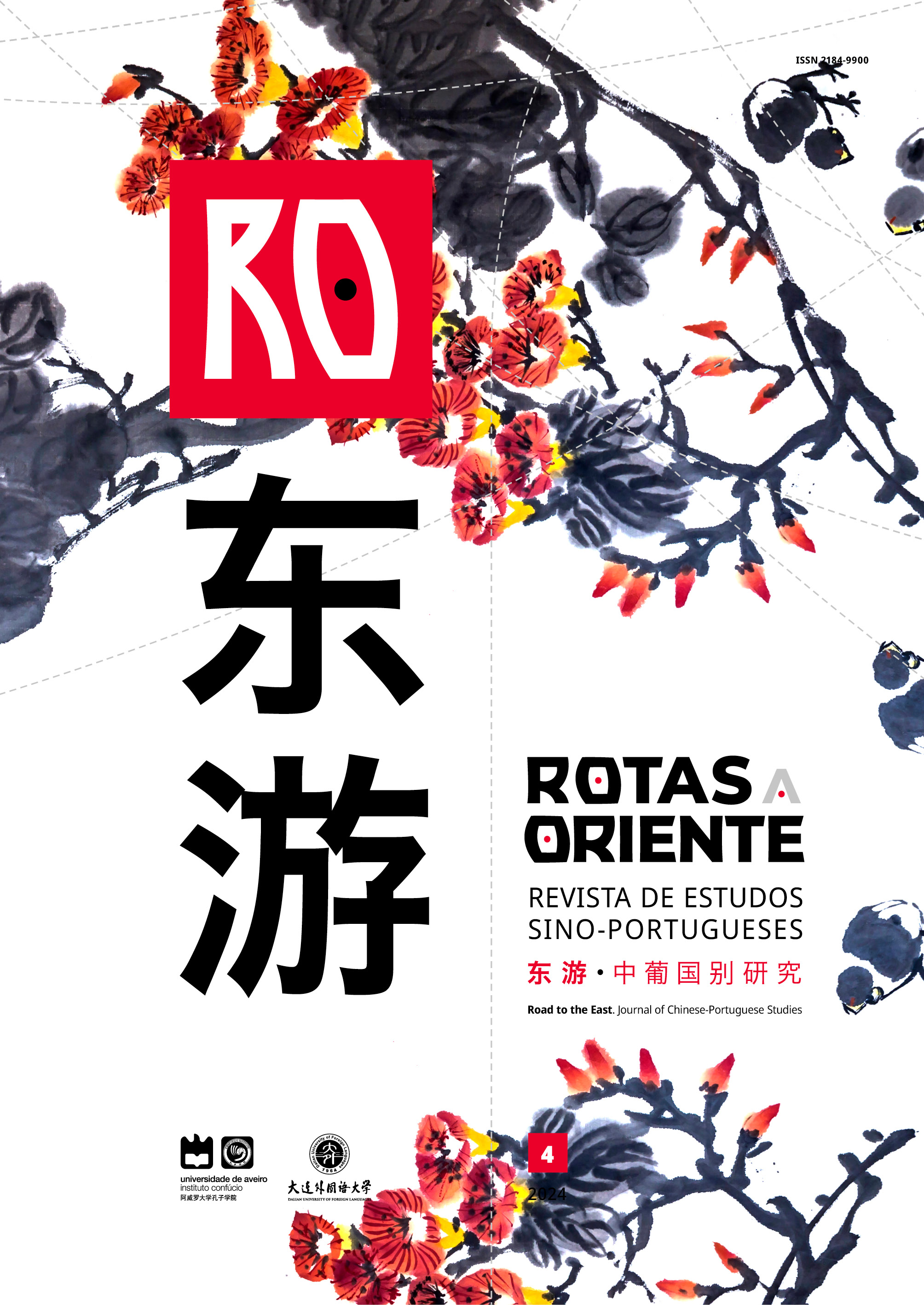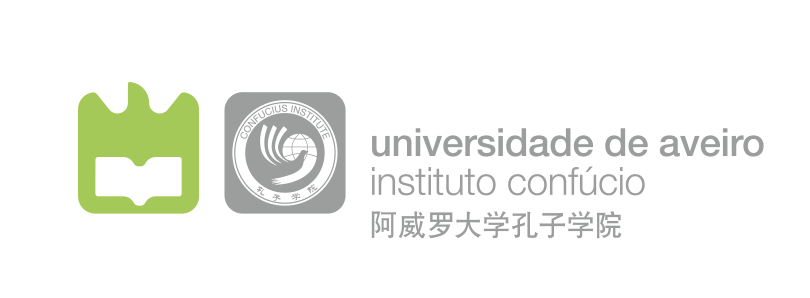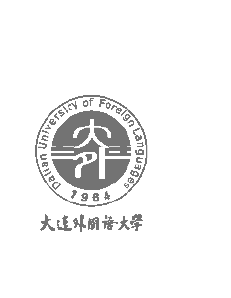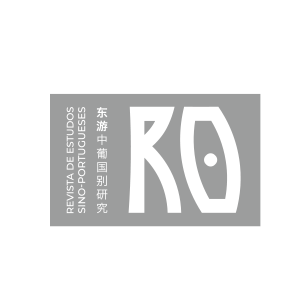Da Terra ao Espaço
o papel de Macau na exploração das novas fronteiras da micologia
Resumo
À medida que a humanidade se aventura mais profundamente no cosmos, o campo da astromicologia, que estuda os efeitos das condições espaciais nos fungos, está a ganhar cada vez mais importância. Os fungos, com a sua notável adaptabilidade e capacidade de prosperar em ambientes extremos, detêm um imenso potencial para a exploração espacial. Em Macau, uma região administrativa especial da China, o Laboratório Estatal de Ciências Lunares e Planetárias (SKLPlanets) emergiu como pioneiro na investigação em astromicologia. O grupo de investigação em astrobiologia do laboratório está dedicado a compreender os efeitos das condições espaciais nos fungos e a desenvolver novas tecnologias para utilizar fungos na exploração espacial. Parte da investigação deste grupo inclui a recolha de amostras de análogos terrestres, a realização de experiências de exposição com parâmetros simulados do espaço, e a triagem de processos e estirpes fúngicas para potenciais aplicações na exploração espacial. As contribuições de Macau para a astromicologia estão a abrir caminho para descobertas revolucionárias e avanços tecnológicos que irão moldar o futuro da exploração espacial.
Referências
Altenburg, S. D., Nielsen-Preiss, S. M., & Hyman, L. E. (2008). Increased filamentous growth of Candida albicans in simulated microgravity. Genomics, proteomics & bioinformatics, 6(1), 42-50.
Antunes, A., Olsson-Francis, K., & McGenity, T. J. (2020). Exploring deep-sea brines as potential terrestrial analogues of oceans in the icy moons of the outer solar system. Current issues in molecular biology, 38(1), 123-162.
Barbieri, R., & Stivaletta, N. (2011). Continental evaporites and the search for evidence of life on Mars. Geological Journal, 46(6), 513-524.
Bazzicalupo, A. L., Erlandson, S., Branine, M., Ratz, M., Ruffing, L., Nguyen, N. H., & Branco, S. (2022). Fungal community shift along steep environmental gradients from geothermal soils in Yellowstone National Park. Microbial ecology, 84(1), 33-43.
Benardini, J. N., & Moissl-Eichinger, C. (2022). Planetary protection: Scope and future challenges. In R. Thombre, & P. Vaishampayan (Eds.), New Frontiers in Astrobiology (pp. 285-304). Amsterdam: Elsevier.
Bendia, A. G., Araujo, G. G., Pulschen, A. A., Contro, B., Duarte, R. T., Rodrigues, F., Galante, D., & Pellizari, V. H. (2018). Surviving in hot and cold: psychrophiles and thermophiles from Deception Island volcano Antarctica. Extremophiles, 22, 917-929.
Blachowicz, A., Chiang, A. J., Romsdahl, J., Kalkum, M., Wang, C. C., & Venkateswaran, K. (2019). Proteomic characterization of Aspergillus fumigatus isolated from air and surfaces of the International Space Station. Fungal Genetics and Biology, 124, 39-46.
Checinska Sielaff, A., Urbaniak, C., Mohan, G. B. M., Stepanov, V. G., Tran, Q., Wood, J. M., Minich, J., McDonald, D., Mayer, T., Knight, R., Karouia, F., Fox, G. E., & Venkateswaran, K. (2019). Characterization of the total and viable bacterial and fungal communities associated with the International Space Station surfaces. Microbiome, 7(1), 1-21.
Cortesão, M., Schütze, T., Marx, R., Moeller, R., & Meyer, V. (2020). Fungal biotechnology in space: why and how?. In H. Nevalainen (Ed.), Grand challenges in fungal biotechnology (pp. 501-535). Berlin: Springer Nature.
Dadachova, E., & Casadevall, A. (2008). Ionizing radiation: how fungi cope, adapt, and exploit with the help of melanin. Current opinion in microbiology, 11(6), 525-531.
Devi, R., Kaur, T., Guleria, G., Rana, K. L., Kour, D., Yadav, N., Yadav, A. N., & Saxena, A. K. (2020). Fungal secondary metabolites and their biotechnological applications for human health. In H. B. Singh, & A. Vaishnav (Eds.), New and future developments in microbial biotechnology and bioengineering (pp. 147-161). Amsterdam: Elsevier.
dos Santos, M. A., Paludo, C., Russomano, T., Fachel, F. N., Cassel, E., Lucas, A., & Pathak, Y. (2016, September). Effect Of Simulated Hypergravity on Germination, Growth and Secondary Metabolites Production of Eruca sativa Mill. In 67th International Astronautical Congress (IAC). Guadalajara, Mexico.
Duri, L. G., Caporale, A. G., Rouphael, Y., Vingiani, S., Palladino, M., De Pascale, S., & Adamo, P. (2022). The potential for lunar and Martian regolith simulants to sustain plant growth: a multidisciplinary overview. Frontiers in Astronomy and Space Sciences, 8, 747821.
Ferretti, S., Imhof, B., & Balogh, W. (2020). Future space technologies for sustainability on earth. In S. Ferretti (Ed.), Space Capacity Building in the XXI Century (pp.265-280), Berlin: Springer Nature.
Fisher, M. C., & Denning, D. W. (2023). The WHO fungal priority pathogens list as a game-changer. Nature Reviews Microbiology, 21(4), 211-212.
Foucher, F., Hickman-Lewis, K., Hutzler, A., Joy, K. H., Folco, L., Bridges, J. C., Wozniakiewicz, P., Martínez-Frías, J., Debaille, V., Zolensky, M., Yano, H., Bost, N., Ferrière, L., Lee, M., Michalski, J., Schroeven-Deceuninck, H., Kminek, G., Viso, M., Russell, S., Smith, C., Zipfel, J., & Westall, F. (2021). Definition and use of functional analogues in planetary exploration. Planetary and Space Science, 197, 105-162.
Gostinčar, C., Zalar, P., & Gunde-Cimerman, N. (2022). No need for speed: Slow development of fungi in extreme environments. Fungal Biology Reviews, 39, 1-14.
Hyde, K. D., Xu, J., Rapior, S., Jeewon, R., Lumyong, S., Niego, A. G. T., Abeywickrama, P. D., Aluthmuhandiram, J. V. S., Brahamanage, R. S., Brooks, S., Chaiyasen, A., Chethana, K. W. T., Chomnunti, P., Chepkirui, C., Chuankid, B., de Silva, N. I., Doilom, M., Faulds, C., Gentekaki, E., Gopalan, V., Kakumyan, P., Harishchandra, D., Hemachandran, H., Hongsanan, S., Karunarathna, A., Karunarathna, S. C., Khan, S., Kumla, J., Jayawardena, R. S., Liu, J.-K., Liu, N., Luangharn, T., Macabeo, A. P. G., Marasinghe, D. S., Meeks, D., Mortimer, P. E., Mueller, P., Nadir, S., Nataraja, K. N., Nontachaiyapoom, S., O’Brien, M., Penkhrue, W., Phukhamsakda, C., Ramanan, U. S., Rathnayaka, A. R., Sadaba, R. B., Sandargo, B., Samarakoon, B. C., Tennakoon, D. S., Siva, R., Sriprom, W., Suryanarayanan, T. S., Sujarit, K., Suwannarach, N., Suwunwong, T., Thongbai, B., Thongklang, N., Wei, D., Wijesinghe, S. N., Winiski, J., Yan, J., Yasanthika, E., & Stadler, M. (2019). The amazing potential of fungi: 50 ways we can exploit fungi industrially. Fungal Diversity, 97, 1-136.
Jiang, C., Guo, D., Li, Z., Lei, S., Shi, J., & Shao, D. (2019). Clinostat rotation affects metabolite transportation and increases organic acid production by Aspergillus carbonarius, as revealed by differential metabolomic analysis. Applied and Environmental Microbiology, 85(18), e01023-19.
Keller, N. P., Turner, G., & Bennett, J. W. (2005). Fungal secondary metabolism—from biochemistry to genomics. Nature reviews microbiology, 3(12), 937-947.
Kern, V. D., & Hock, B. (1996). Gravimorphogenesis and ultrastructure of the fungus Flammulina velutipes grown in space, on clinostats and under hyper-g conditions. Advances in Space Research, 17(6-7), 183-186.
Knox, B. P., Blachowicz, A., Palmer, J. M., Romsdahl, J., Huttenlocher, A., Wang, C. C., Keller, N. P., & Venkateswaran, K. (2016). Characterization of Aspergillus fumigatus isolates from air and surfaces of the international space station. Msphere, 1(5), 10-1128.
Koehle, A. P., Brumwell, S. L., Seto, E. P., Lynch, A. M., & Urbaniak, C. (2023). Microbial applications for sustainable space exploration beyond low Earth orbit. npj Microgravity, 9(1), 47.
Kour, D., Rana, K. L., Yadav, N., Yadav, A. N., Singh, J., Rastegari, A. A., & Saxena, A. K. (2019). Agriculturally and industrially important fungi: current developments and potential biotechnological applications. Recent advancement in white biotechnology through fungi: Volume 2: Perspective for value-added products and environments, 1-64.
Le Bourg, É., Massou, I., & Gobert, V. (2009). Cold stress increases resistance to fungal infection throughout life in Drosophila melanogaster. Biogerontology, 10, 613-625.
Liu, R., Meng, X., Mo, C., Wei, X., & Ma, A. (2022). Melanin of fungi: From classification to application. World Journal of Microbiology and Biotechnology, 38(12), 228.
Magan, N. (2007). Fungi in extreme environments. The mycota, 4, 85-103.
Makimura, K., Hanazawa, R., Takatori, K., Tamura, Y., Fujisaki, R., Nishiyama, Y., Abe, S., Uchida, K., Kawamura, Y., Ezaki, T., & Yamaguchi, H. (2001). Fungal flora on board the Mir‐space station, identification by morphological features and ribosomal DNA sequences. Microbiology and immunology, 45(5), 357-363.
Meyer, V., Basenko, E. Y., Benz, J. P., Braus, G. H., Caddick, M. X., Csukai, M., de Vries, R. P., Endy, D., Frisvad, J. C., Gunde-Cimerman, N., Haarmann, T., Hadar, Y., Hansen, K., Johnson, R. I., Keller, N.P., Kraševec, N., Mortensen, U. H., Perez, R., Ram, A. F. J., Record, E., Ross, P., Shapaval, V., Steiniger, C., van den Brink, H., van Munster, J., Yarden, O., & Wösten, H. A. (2020). Growing a circular economy with fungal biotechnology: a white paper. Fungal biology and biotechnology, 7(1), 1-23.
Moissl-Eichinger, C., Cockell, C., & Rettberg, P. (2016). Venturing into new realms? Microorganisms in space. FEMS microbiology reviews, 40(5), 722-737.
Novikova, N. D., Polikarpov, N. A., Poddubko, S. V., & Deshevaya, E. A. (2001). The results of microbiological research of environmental microflora of orbital station Mir (No. 2001-01-2310). SAE Technical Paper.
Ottoni, C. A., Simões, M. F., Fernandes, S., Dos Santos, J. G., Da Silva, E. S., de Souza, R. F. B., & Maiorano, A. E. (2017). Screening of filamentous fungi for antimicrobial silver nanoparticles synthesis. Amb Express, 7(1), 1-10.
Pedrozo, H. A., Schwartz, Z., Luther, M., Dean, D. D., Boyan, B. D., & Wiederhold, M. L. (1996). A mechanism of adaptation to hypergravity in the statocyst of Aplysia californica. Hearing research, 102(1-2), 51-62.
Pence, M. L., Dorsett, J. A., & Ferraro, J. S. (1992). Growth response of the filamentous fungus Neurospora crassa to chronic hypergravity. Am. Soc. Gravitational Space Biol. Bull, 6.
Preston, L. J., & Dartnell, L. R. (2014). Planetary habitability: lessons learned from terrestrial analogues. International Journal of Astrobiology, 13(1), 81-98.
Prieto-Ballesteros, O., Rodríguez, N., Kargel, J. S., Kessler, C. G., Amils, R., & Remolar, D. F. (2003). Tirez lake as a terrestrial analog of Europa. Astrobiology, 3(4), 863-877.
Purevdorj-Gage, B., Sheehan, K. B., & Hyman, L. E. (2006). Effects of low-shear modeled microgravity on cell function, gene expression, and phenotype in Saccharomyces cerevisiae. Applied and environmental microbiology, 72(7), 4569-4575.
Romsdahl, J., Blachowicz, A., Chiang, A. J., Chiang, Y. M., Masonjones, S., Yaegashi, J., Countryman, S., Karouia, F., Kalkum, M., Stajich, J. E., & Wang, C. C. (2019). International Space Station conditions alter genomics, proteomics, and metabolomics in Aspergillus nidulans. Applied microbiology and biotechnology, 103, 1363-1377.
Romsdahl, J., Blachowicz, A., Chiang, Y. M., Venkateswaran, K., & Wang, C. C. (2020). Metabolomic analysis of Aspergillus niger isolated from the international space station reveals enhanced production levels of the antioxidant pyranonigrin A. Frontiers in Microbiology, 11, 931.
Russo, G., Libkind, D., Sampaio, J. P., & Van Broock, M. R. (2008). Yeast diversity in the acidic Rio Agrio–Lake Caviahue volcanic environment (Patagonia, Argentina). FEMS microbiology ecology, 65(3), 415-424.
Santomartino, R., Averesch, N. J., Bhuiyan, M., Cockell, C. S., Colangelo, J., Gumulya, Y., Lehner, B., Lopez-Ayala, I., McMahon, S., Mohanty, A., Santa Maria, S. R., Urbaniak, C., Volger, R., Yang, J., & Zea, L. (2023). Toward sustainable space exploration: a roadmap for harnessing the power of microorganisms. Nature communications, 14(1), 1391.
Sathishkumar, Y., Krishnaraj, C., Rajagopal, K., Sen, D., & Lee, Y. S. (2016). High throughput de novo RNA sequencing elucidates novel responses in Penicillium chrysogenum under microgravity. Bioprocess and biosystems engineering, 39, 223-231.
Sathishkumar, Y., Velmurugan, N., Lee, H. M., Rajagopal, K., Im, C. K., & Lee, Y. S. (2014). Effect of low shear modeled microgravity on phenotypic and central chitin metabolism in the filamentous fungi Aspergillus niger and Penicillium chrysogenum. Antonie van Leeuwenhoek, 106, 197-209.
Segal-Kischinevzky, C., Romero-Aguilar, L., Alcaraz, L. D., López-Ortiz, G., Martínez-Castillo, B., Torres-Ramírez, N., Sandoval, G., & González, J. (2022). Yeasts inhabiting extreme environments and their biotechnological applications. Microorganisms, 10(4), 794.
Selbmann, L., Zucconi, L., Isola, D., & Onofri, S. (2015). Rock black fungi: excellence in the extremes, from the Antarctic to space. Current Genetics, 61, 335-345.
Simões, M. F., Cortesão, M., Azua-Bustos, A., Bai, F. Y., Canini, F., Casadevall, A., Cassaro, A., Cordero, R. J. B., Fairén, A.G., González-Silva, C., Gunde-Cimerman, N., Koch, S., Liu, X.-Z., Onofri, S., Pacelli, C., Selbmann, L., Tesei, D., Waghmode, A., Wang, T., Zucconi, L., & Antunes, A. (2023). The relevance of fungi in astrobiology research–Astromycology. Mycosphere, 14(1), 1190-1253.
Simões, M. F., & Antunes, A. (2021). Microbial pathogenicity in space. Pathogens, 10(4), 450.
Simões, M. F., Ottoni, C. A., & Antunes, A. (2020a). Mycogenic metal nanoparticles for the treatment of mycobacterioses. Antibiotics, 9(9), 569.
Simões, M. F., Ottoni, C. A., & Antunes, A. (2020b). Biogenic metal nanoparticles: A new approach to detect life on mars?. Life, 10(3), 28.
Simões, M. F., Pereira, L., Santos, C., & Lima, N. (2013). Polyphasic identification and preservation of fungal diversity: Concepts and applications. Management of microbial resources in the environment, 91-117.
Szydlowski, L. M., Bulbul, A., Simpson, A. C., Kaya, D. E., Singh, N. K., Sezerman, U. O., Łabaj, P. P., Kosciolek, T., & Venkateswaran, K. (2023). Adaptation to space conditions of novel bacterial species isolated from the International Space Station revealed by functional gene annotations and comparative genome analysis. bioRxiv, 2023-09.
Tomer, A., Singh, R., Singh, S. K., Dwivedi, S. A., Reddy, C. U., Keloth, M. R. A., & Rachel, R. (2021). Role of fungi in bioremediation and environmental sustainability. Mycoremediation and Environmental Sustainability, 3, 187-200.
Tsivileva, O. M., & Koftin, O. V. (2023). Fungal coumarins: biotechnological and pharmaceutical aspects. Studies in Natural Products Chemistry, 78, 441-479.
Viktorov, A. N., Novikova, N. D., Deshevaia, E. A., Bragina, M. P., Shnyreva, A. V., & Sizova, T. P. (1998a). Residential colonization of orbital complex" Mir" environment by Penicillium chrysogenum and problem of ecological safety in long-term space flight. Aviakosmicheskaia i Ekologicheskaia Meditsina= Aerospace and Environmental Medicine, 32(5), 57-62.
Viktorov, A. N., Novikova, N. D., Deshevaia, E. A., Polikarpov, N. A., Poddubko, S. V., & Bragina, M. P. (1998b). Comparative evaluation of microorganisms biological characteristics isolated in the orbital complex" Mir" on different phases of its operation. Aviakosmicheskaia i Ekologicheskaia Meditsina= Aerospace and Environmental Medicine, 32(2), 61-68.
Wösten, H., Krijgsheld, P., Montalti, M., Läkk, H., & Summerer, L. (2018). Growing fungi structures in space. Noordwijk: The Netherlands.
Yang, X., Xu, X., & Hu, D. (2020). Succession mechanism of microbial community with high species diversity in nutrient-deficient environments with low-dose ionizing radiation. Ecological Modelling, 435, 109270.
Yamazaki, T., Yoshimoto, M., Nishiyama, Y., Okubo, Y., & Makimura, K. (2012). Phenotypic characterization of Aspergillus niger and Candida albicans grown under simulated microgravity using a three‐dimensional clinostat. Microbiology and immunology, 56(7), 441-446.
Zhdanova, N. N., Tugay, T., Dighton, J., Zheltonozhsky, V., & Mcdermott, P. (2004). Ionizing radiation attracts soil fungi. Mycological research, 108(9), 1089-1096.
Zhou, J., Zúñiga-Feest, A., & Lambers, H. (2020). In the beginning, there was only bare regolith—then some plants arrived and changed the regolith. Journal of Plant Ecology, 13(5), 511-516.

Este trabalho está licenciado com uma Licença Creative Commons - Atribuição 4.0 Internacional.
Os direitos permanecem com os autores.
Licença Creative Commons: Atribuição 4.0 Internacional.
